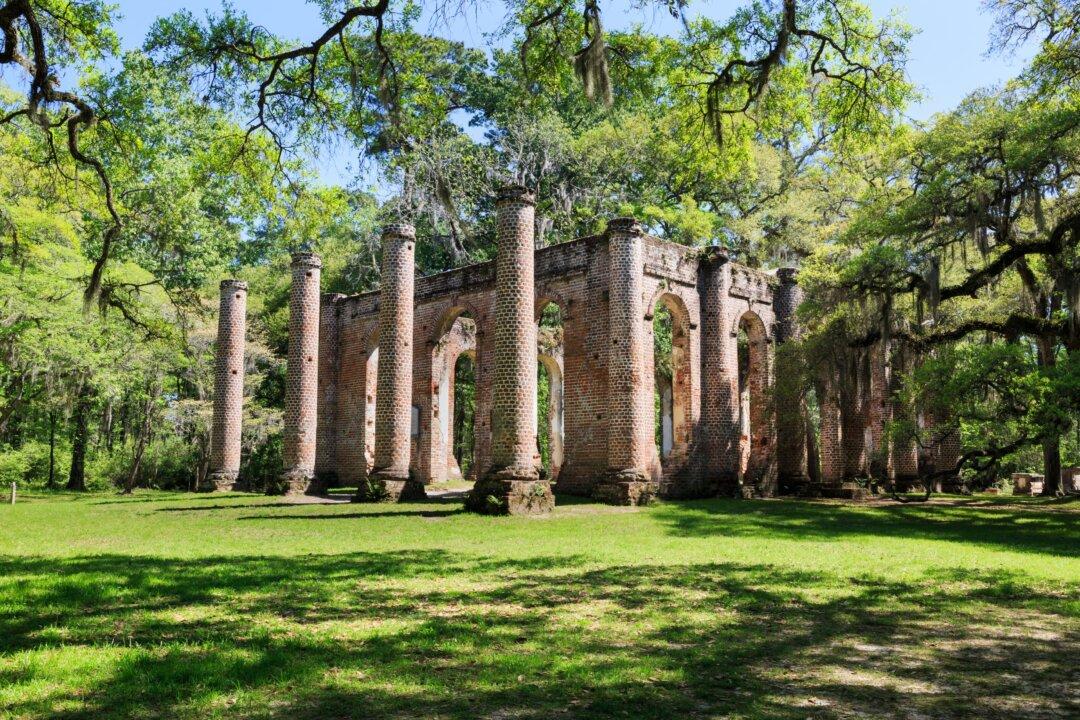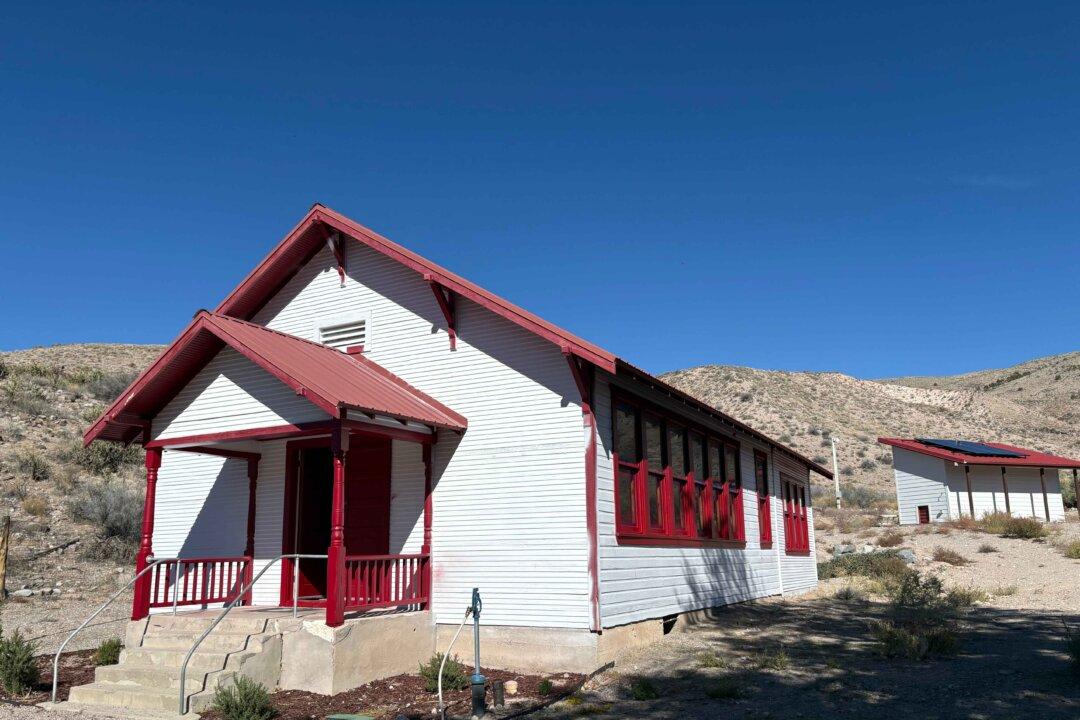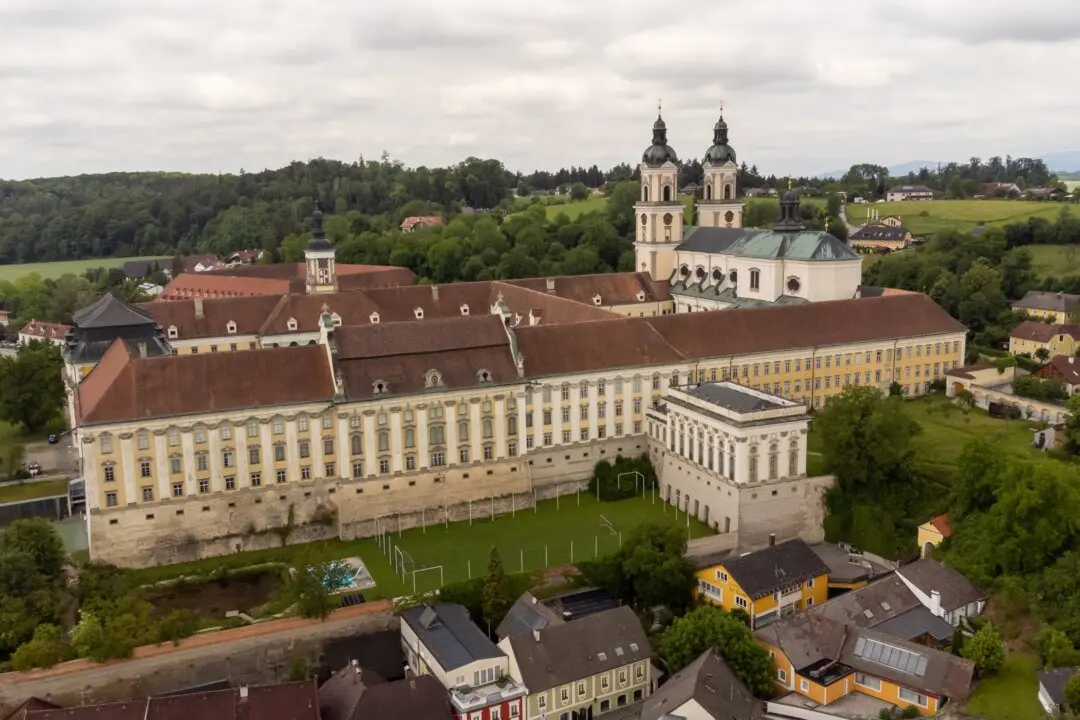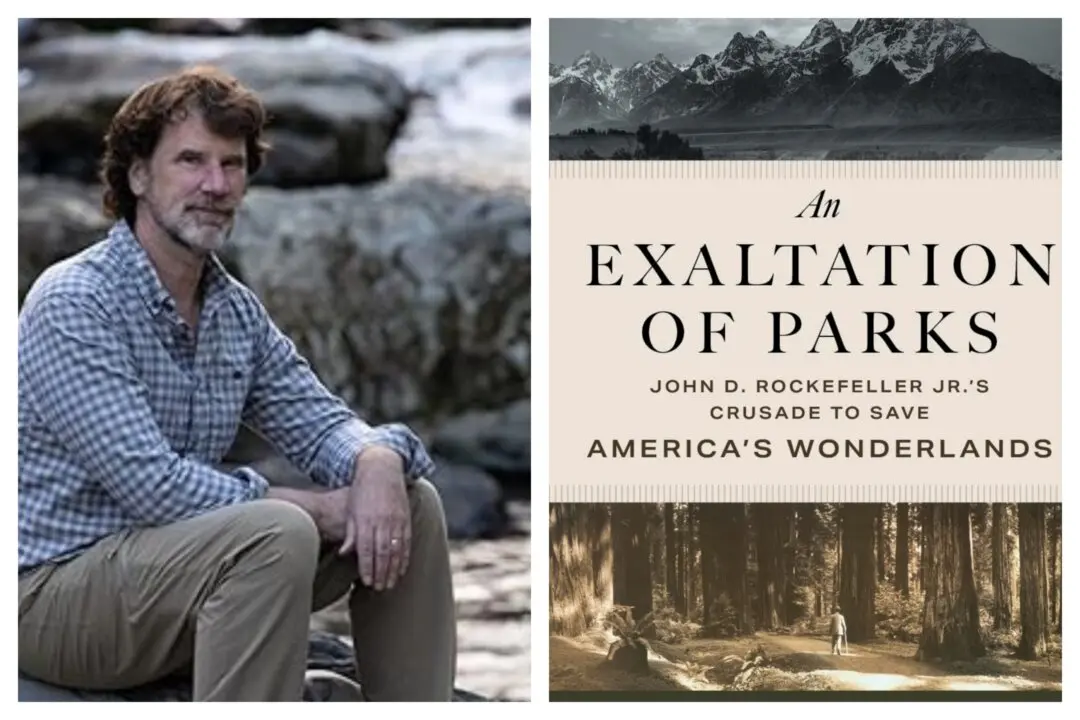The first time I chanced upon the ruins of Sheldon Church, I was mystified. Four brick columns stood in front of a massive brick structure with looming arched openings. The building resides among elderly oaks dripping with Spanish moss. To add to the ethereal nature of the place, 200-plus-year-old gravestones protrude from the unmanicured grounds around the abandoned church.
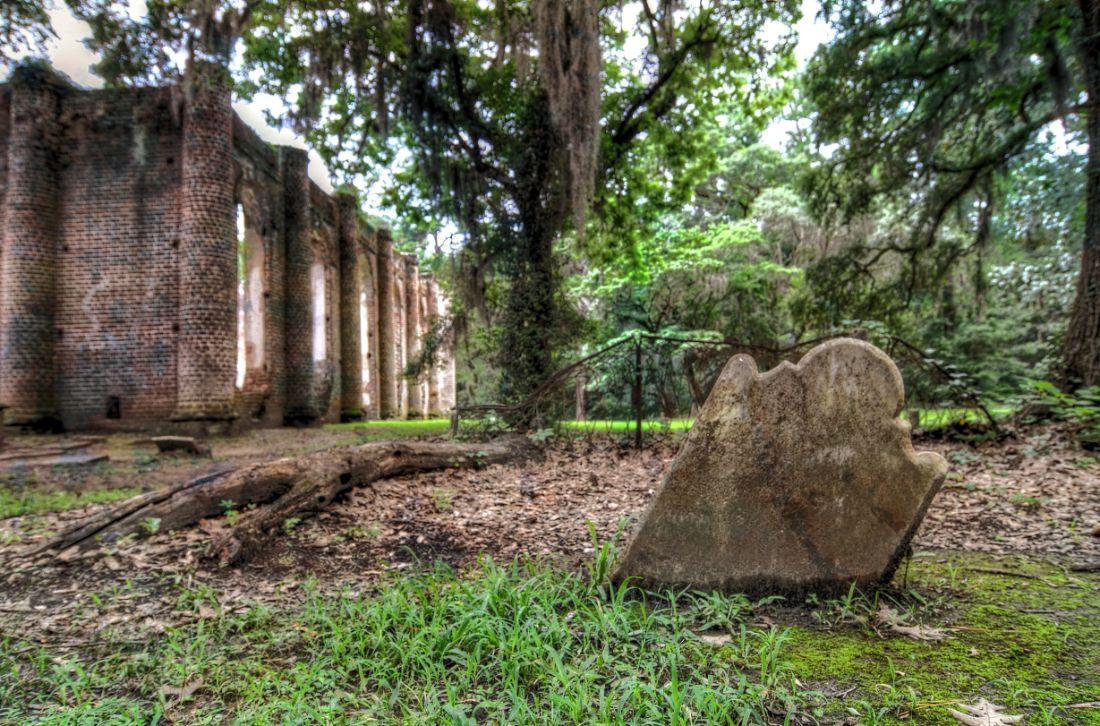
Gravestones abandoned to time pop up around the old Sheldon Church. (John E. Adams/CC BY-SA 4.0)

